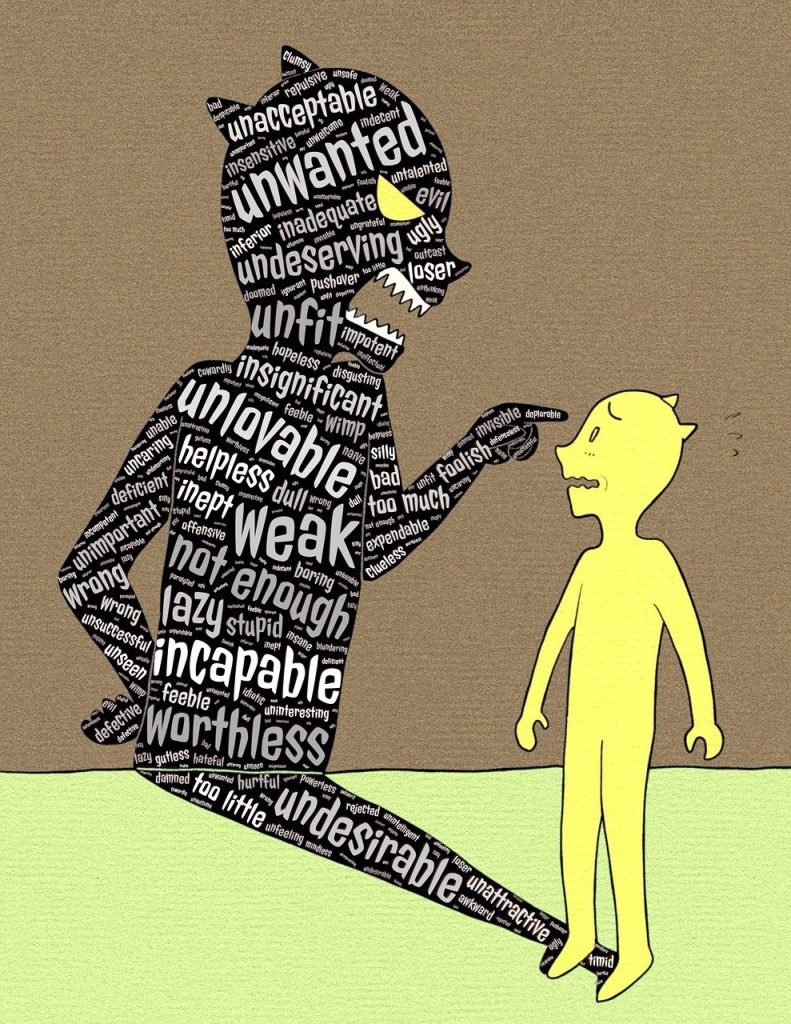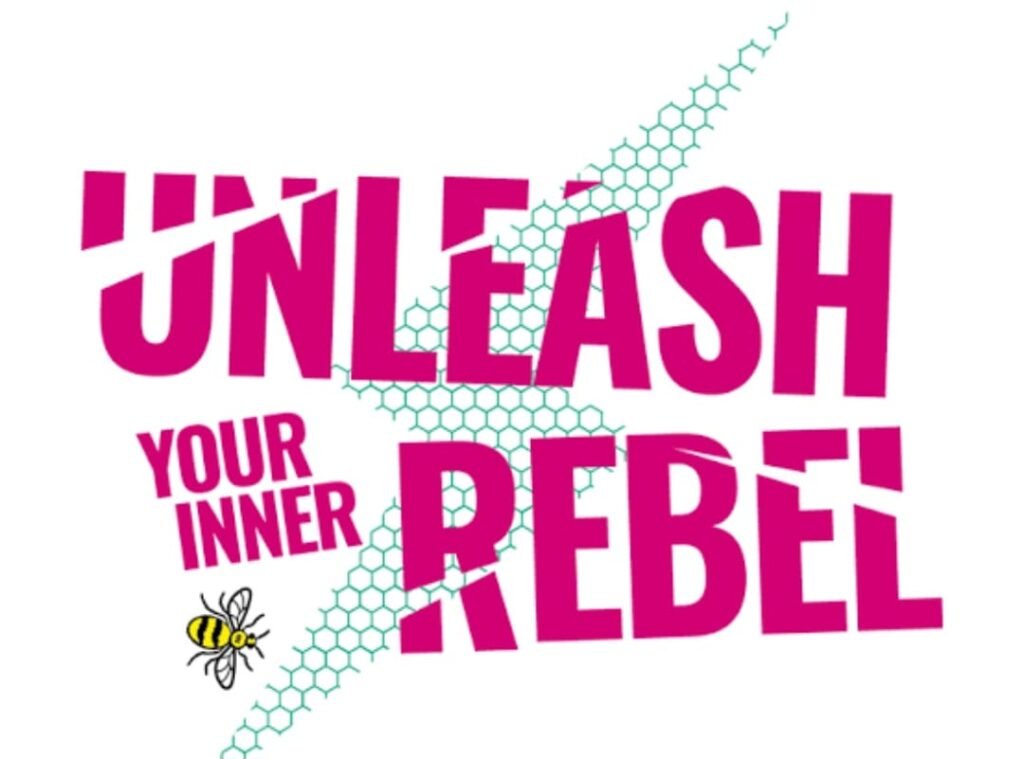Have you ever felt torn between two opposing thoughts or struggled with a nagging voice in your head criticizing your every move? This inner complexity is not unusual—it’s part of being human.
What you’re experiencing could be the interplay of your inner entities.
Inner entities are the diverse aspects of your personality that come together to shape your thoughts, feelings, decisions, and actions.
Understanding these inner forces can lead to greater self-awareness, improved emotional intelligence, and enhanced personal growth. This guide will take you on a beginner-friendly tour of what inner entities are, why they matter, and how you can work with them to lead a more harmonious and fulfilling life.
What Are Inner Entities?
Breaking Down the Concept
Inner entities are the internal voices, roles, or “selves” that influence how you perceive and interact with the world. Think of them as parts of your personality, each with its own perspective, needs, and behavior.
For example:
- The Inner Critic: A voice that scrutinizes your decisions and actions, often pushing you to higher standards but sometimes breeding self-doubt.
- The Inner Child: A part of you that holds your childhood memories, emotions, and unmet needs, often expressing joy or pain from past experiences.
- The Inner Rebel: A self that resists authority or routine, often advocating freedom and individuality.
These entities aren’t separate beings but facets of your psychological makeup. Some come to the forefront in different situations, influencing your thoughts and actions in ways you may not even realize.
The Science Behind Inner Entities
Psychological frameworks like Internal Family Systems (IFS) and Gestalt Therapy explore the concept of inner entities (or parts) in depth.
These theories suggest that our minds are naturally multi-faceted and that recognizing these facets is key to nurturing emotional balance. For example, IFS identifies “managers,” “exiles,” and “firefighters” as distinct roles within the mind, each with a specific purpose.
Understanding your inner entities fosters self-awareness—a critical skill for personal growth and emotional intelligence.
Why Recognizing Your Inner Entities Is Crucial
Deepen Self-Awareness
The more you understand your inner entities, the better you’ll comprehend your motives, reactions, and relationship patterns. By identifying the roles these “selves” play, you can untangle conflicting emotions and make healthier decisions.
Strengthen Emotional Intelligence
When you’re in touch with your inner entities, you can:
- Recognize triggers that activate negative patterns.
- Respond to stress or conflict with greater empathy and composure.
- Communicate more effectively by understanding your own and others’ emotional needs.
Facilitate Personal Growth
Identifying your inner entities enables you to address unresolved issues and release limiting beliefs. By aligning the various parts of your personality, you pave the way for holistic personal growth and a deeper sense of harmony.
Common Types of Inner Entities
1. The Inner Critic
This entity acts as the “parental” or judgmental voice within you. While the Inner Critic often has good intentions—like sparking self-improvement—unchecked, it can lead to paralyzing self-doubt and perfectionism.
Example in action:
- The Inner Critic might whisper, “You’re not good enough to apply for this job,” holding you back from potential growth.
How to work with it:
- Acknowledge the voice without harshness.
- Reframe its criticism by asking, “What constructive advice is this part trying to give me?”
2. The Inner Child
The Inner Child represents your younger self, carrying childhood memories, unmet needs, and emotional wounds. This part of you is playful and creative but may also feel vulnerable.
Example in action:
- The Inner Child might respond emotionally to rejection, not as your adult self would, but from the perspective of a hurt child.
How to work with it:
- Spend time connecting with your Inner Child through journaling or creative play.
- Reassure them with kindness, meeting their unfulfilled needs.
3. The Inner Protector
The Inner Protector helps guard you against perceived threats, whether physical, emotional, or psychological. While its intentions are noble, it can sometimes block you from taking risks.
Example in action:
- The Inner Protector might discourage vulnerability in a relationship, fearing rejection or pain.
How to work with it:
- Express gratitude for its protection.
- Negotiate boundaries so you can take healthy risks.
4. The Inner Rebel
The Inner Rebel thrives on autonomy and freedom. It often speaks up when you feel restricted or controlled.
Example in action:
- The Inner Rebel may resist routines or establish habits just to “break the rules.”
How to work with it:
- Allow constructive outlets for this energy, like innovation or creative projects.
- Recognize situations where rebellion undermines progress.
How to Start Identifying Your Inner Entities
Step 1: Reflect on Patterns
Start by noticing recurring thoughts, emotions, or behaviors. Ask yourself:
- “What situations trigger these responses?”
- “What does this voice or feeling remind me of?”
Common patterns often point to the presence of an active inner entity.
Step 2: Name and Visualize Them
Naming an inner entity helps you relate to it better. For instance, you might call your self-critical voice “The Perfectionist” or your playful Inner Child “Little Explorer.”
Visualization techniques, like imagining these parts with specific faces or characteristics, can also make them feel tangible and approachable.
Step 3: Practice Dialogue
Once you’ve identified your entities, engage them in internal dialogue. You can write this down or meditate on it. For example:
- Ask, “Inner Critic, why are you being so harsh today? What are you protecting me from?”
- Respond with understanding, “I get it—you don’t want me to fail. Thanks, but I’ve got this.”
Step 4: Pay Attention to Your Body
Sometimes inner entities communicate through the body. A tight chest, clenched jaw, or butterflies in your stomach can signal who’s at play. For example:
- Anxiety might point to your Inner Protector guarding against risk.
Step 5: Seek Support If Needed
Exploring your inner world can feel overwhelming. Therapies like IFS or Gestalt Therapy provide structured approaches to work with inner entities safely.
Working with Inner Entities for Growth
Build a Safe Inner Space
Create a mental “meeting room” where your various parts can engage in dialogue. This space allows you to mediate conflicts between them kindly.
Set Boundaries
Not all inner entities deserve the spotlight all the time. For example, while the Inner Critic can offer valuable feedback, it shouldn’t dictate your every decision.
Practice Self-Compassion
Each inner entity has a purpose, even if its approach feels counterproductive. Treat these parts with curiosity and kindness, not judgment.
Celebrate Collaboration
Aligning your inner entities is like forming a team. Celebrate when these parts collaborate to achieve balance. For example, your Inner Critic might team up with your Inner Protector to keep you prepared yet flexible during a big presentation.
Final Takeaways
Your inner entities are not enemies but allies with unique roles to play in your life’s story.
By identifying, understanding, and working with these diverse selves, you can unlock self-awareness, boost emotional intelligence, and fuel personal growth.
Call-to-Action
Start exploring your inner world today! Dedicate time for reflection, journaling, or meditation to uncover your inner entities.
If you’re ready to go deeper, consider seeking the guidance of a professional therapist trained in Internal Family Systems or similar techniques.
Understanding your inner entities is not just an introspective exercise—it’s a pathway to a fuller, more authentic life. Take the first step, and allow your inner world to enrich your outer reality.









